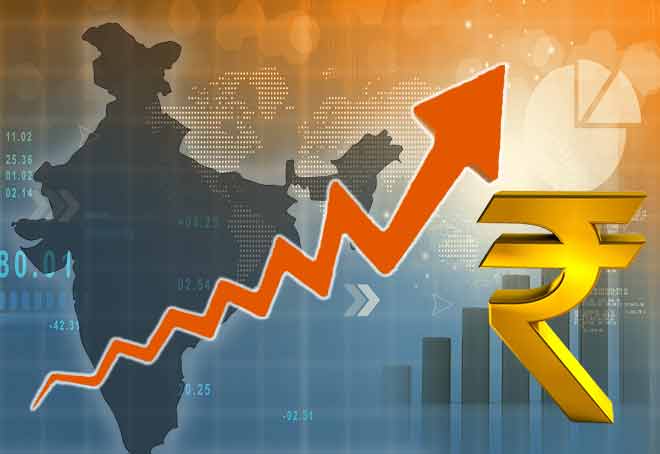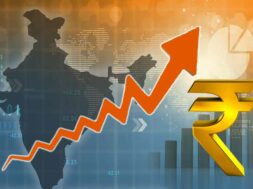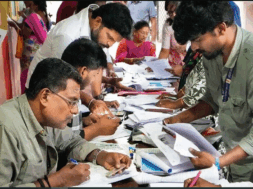
Amrit Kaal: India to be a $5 trillion economy, Modi govt says in Parliament
Virendra Pandit
New Delhi: A day after the BJP retained Madhya Pradesh and wrested Rajasthan and Chhattisgarh from the Congress, and the fired-up stock markets reflected the political stability and continuity in India, the government told Parliament that South Asian country is set to become a USD 5 trillion economy during the Amrit Kaal of the country’s Independence.
Union Minister of State for Finance Pankaj Chaudhary informed the Lok Sabha on Monday that India will become a USD 5 trillion economy early in the ‘Amrit Kaal’ on the path to achieving the goal of becoming an advanced economy by 2047.
The International Monetary Fund (IMF) has projected India to become a USD 5 trillion economy with the third largest GDP in 2027-28.
This milestone will be crossed with the help of a strong rupee which will result from macroeconomic stability, he said in a written reply in the Lok Sabha.
“The government has set the goal of becoming an advanced economy by 2047. In the process, it will become a USD 5 trillion economy early in the Amrit Kaal,” Chaudhary said.
At the end of the financial year 2022-23, India’s GDP stood at USD 3.7 trillion.
In 1980-81, the size of the Indian economy was USD 189 billion, which increased to USD 326 billion after a decade. In 2000-01, it rose to USD 476 billion.
In 2010-11, India’s GDP jumped to USD 1.71 trillion and USD 2.67 trillion in 2020-21.
Chaudhary said the exchange rate is not an overlooked factor as it ranks India’s GDP size in the world.
“India is a market economy, and the government monitors economic progress through market-determined GDP and exchange rate,” Chaudhary said.
Both domestic and international markets are the mechanisms that determine India’s GDP, exchange rate, and contribution of various sectors to GDP.
The contribution of agriculture, industry, and services to GDP in 2022-23 stood at 18.4 percent, 28.3 percent, and 53.3 percent, respectively.
Chaudhary said the government also contributes to economic progress through policy interventions, including the measures announced in annual budgets.
Major initiatives taken by the government in the last 9 years for directly increasing the GDP include the implementation of the Insolvency and Bankruptcy (IBC) Code, recapitalization of public sector banks, the rollout of Goods and Services Tax (GST), reduction in corporate tax, a boost in effective capital expenditure, the introduction of Production Linked Incentive (PLI) scheme in 14 sectors, continuous liberalization of the FDI regime, and building of digital infrastructure.














